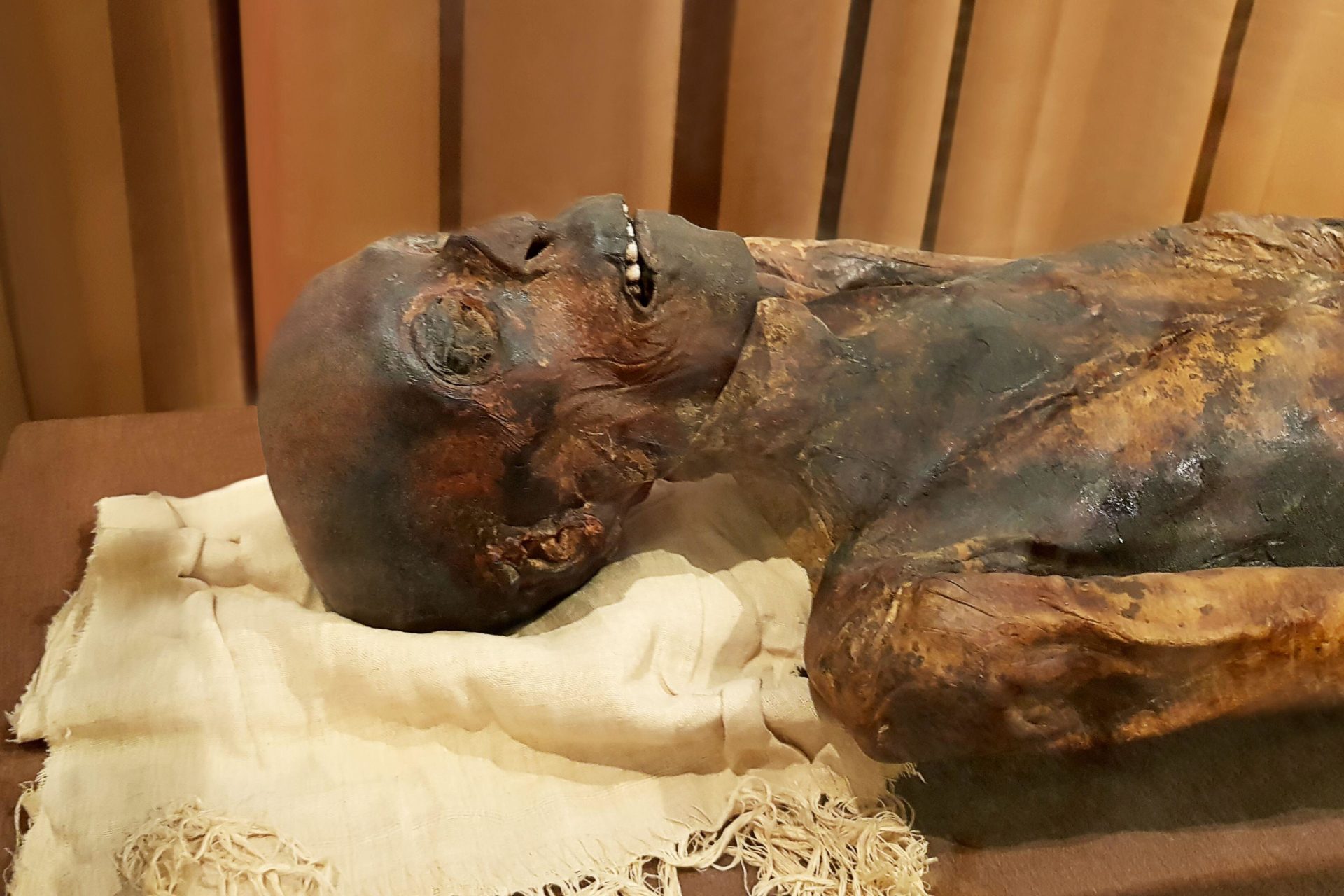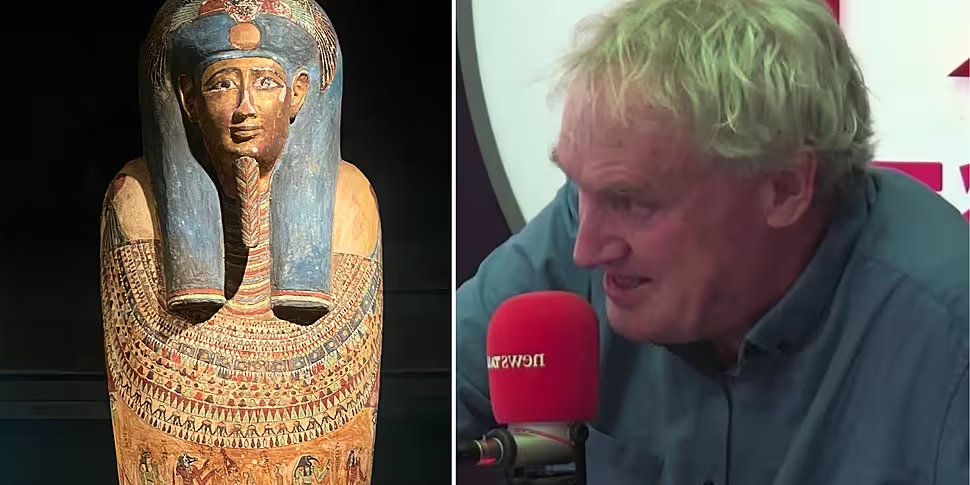The deadly fungus behind the so-called ‘curse of the pharaohs’ could soon be used to cure leukaemia, Luke O’Neill has predicted.
For many years, people believed that those who disturbed the tomb of the mummies of Ancient Egypt were doomed to die.
While once people thought it was the spirit of the dead exacting revenge, it turns out there was a more scientific explanation.
“There was another tomb in Poland in the 1970s, Casimir IV, who was a Polish King in the 1400s,” Professor Luke O’Neill explained on The Pat Kenny Show.
“They opened his tomb and people died. Was there a curse on that one?
“It turned out, that one, there was a fungus getting released from the tomb.”
 An Egyptian mummy. Picture by: Alamy.com.
An Egyptian mummy. Picture by: Alamy.com.Professor O’Neill continued that King Casimir’s tomb was surrounded by coffins that were “rotten full of fungus”.
Samples were taken and sent away for testing.
“Lo and behold, it’s Aspergillus flavus - that had a very deadly toxin in it, that these people inhaled and that’s what killed them,” he said.
“So, they knew from the 1970s, from using a microscope, which wasn’t necessarily around in the 1920s when they tested it at that time.”
Cancer
While the Aspergillus flavus meant a death sentence for people venturing into ancient tombs, scientists have investigated whether it could be used to save the lives of people as well.
“There’s a new drug for cancer potentially in this,” Professor O’Neill said.
“So, some very clever scientists in the University of Pennsylvania took this fungus.
“They purified a chemical from it that was really toxic; lo and behold, they tested it on leukaemia cells in the lab.
“It could kill these leukaemia cells very effectively.”
Main image: Split of an Eygptian Mummy and Luke O'Neill. Pictures by: Alamy.com and Newstalk.









